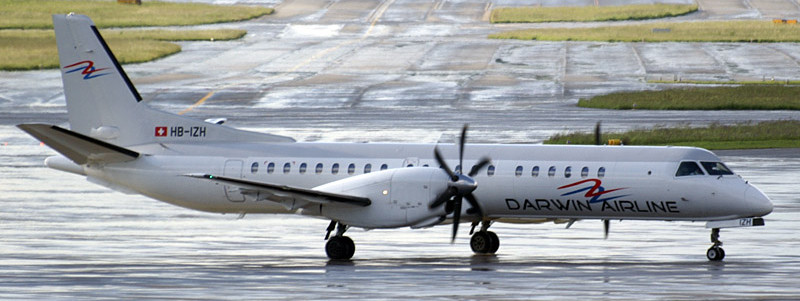Listen, and I will tell you of one of the secret joys of working with City officials on neighborhood plans, especially transportation plans.
I love hearing the city side telling us “we’d love to do that, but unfortunately, the [insert name of document/policy here] prevents us”. Of course, the same city promptly turns around and does just what you asked, but somewhere else. Community activists learn to like sharing, since our best ideas (eg Bronson road diet) get implemented somewhere else (hello, Scott Street road diet).
Here’s an interesting example. Somerset is being reconstructed to two travel lanes, with two protected parking bays (ie, available 24/7, 52 weeks a year). At the start of each protected parking zone, we want a bulb out. This shortens the crossing distance for pedestrians, and ensures we get to keep the hard fought-for on-street parking.
Except, at some intersections the planners say we cannot have a bulb out, because the if there is a right turn lane before the intersection, that has a bus stop in it * , it is illegal for the bus to merge into traffic whilst it traverses the intersection. Instead there has to be a receiving lane or merge lane at the far side of the intersection. **
Here’s an example from Somerset Street. The No 2 bus, east bound, has a stop in the turn lane for traffic turning south onto Bayswater Avenue. As it leaves the stop, it enters the receiving lane on the far side of the intersection. Said receiving lane is wider than a parking lane, is rather short, and is divided from the main traffic lane by a solid white line [which in my naivety thought meant one shouldn’t cross it].
Now, cross the street, and look at the No 2 bus westbound. It too has a stop in the right turn lane for traffic turning north onto Bayswater/Bayview. From that stop, the bus has to merge into traffic using the … hey, wait a minute, there’s no receiving lane on the far side of the intersection ! There’s a bulb out instead.

and

What am I missing that these two circumstances are so different that different sets of traffic engineering rules apply to each side of the street?
If I get an answer, I’ll post it here.
_____________________
*bus stops are located in turn lanes so as to minimize the amount of curb side space taken up by traffic movements and to maximize the available parking space. In both pic above you can see the effect of a travel lane width compared to a parking lane width to the east of the intersection.
**I don’t think much of the receiving lane rule. I don’t see why merging in an intersection is a problem for buses although we might not want to make a habit of it for motorists, who shouldn’t have been merging anyway since they were in a right turn lane. Indeed, the receiving lane facilitates cars queued up at the intersection behind a left turning car, utilizing the right turn lane as a sort of passing on the right lane. And there are alternatives: for this intersection we suggested an advanced green for buses, like the City has at Richmond/Golden. Alas, I don’t recall that we ever got an answer. Here’s a pic of the Richmond/Golden intersection:





It must be geometry’s fault again.
In the one, the bus stop is located right at the intersection, in the other it is about 10 metres back? That seems to be the difference (ie the one with the bulb out apparently has adequate pre-intersection room to merge).
Ooh, I like the advanced green idea! When I’m driving and I end up next to a bus at an intersection, I’m always a little leery of the merge I know will have to happen. Giving the bus an advanced green would really ease that for me as a driver, and help keep the buses on time too! We should put those everywhere!
I agree – the advance green seems like such a good solution!
In Edmonton there are numerous locations where busses get an advanced green. It is actually a very small signal light that is quite hard to notice, not a real green light.
Hey to squelch any enthusiasm for the advance gr een for buses at Richmond & Golden but has anyone actually seen it work that way lately? I haven’t…
Hi, Eric.
I can’t actually see the west-bound bus stop in your picture. If it is far enough back from the intersection, then the bus will have room to merge – from this new BUS BAY – before the intersection. [Of course, the bus could simply go straight through and up the ramp on the far side of the intersection. It surprises me a bit that there are not better visual clues that the lane does not continue across the intersection. Maybe stick one of those black bollards out on the end of the bulb-out. Once the new cement is dirty, it might be a problem. Hopefully, the bricks/cobbles which replace the temporary asphalt will be more identifiable.]
Richard: the bricked parking bays appear on the east side of the Otrain track, in Dalhousie Ward, because that is what we fight for. We want parking bays to look not like roads. The Hintonburg neighborhood choose a different model, asphalt parking areas separated from the road by a solid white line.